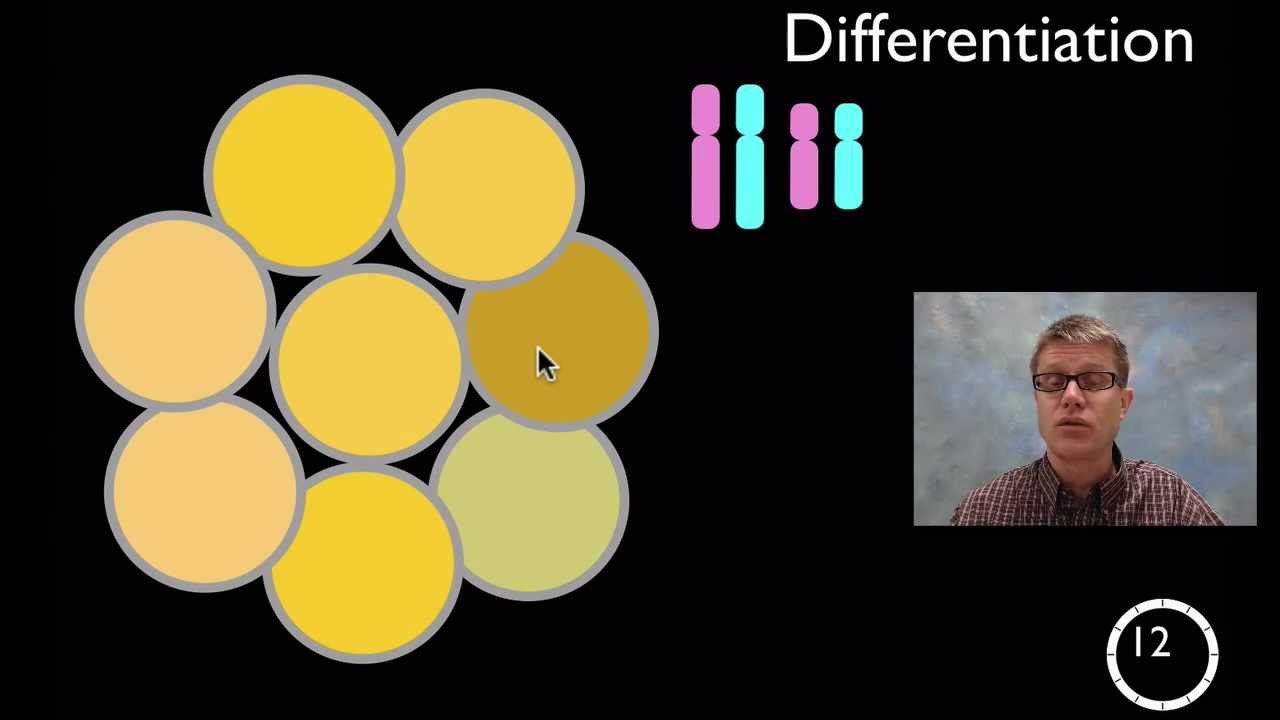LS1.B: Growth and Development of Organisms
Paul Andersen answers the following question:
How do organisms grow and develop?
CCC1: Patterns
Paul Andersen explains patterns and describes why pattern recognition is an important skill in science and engineering. He begins by discussing patterns in nature, including snowflakes, flower petals, seasons and nucleotides in DNA. He then illustrates the importance of classification in describing and eventually understanding patterns. He gives a progression instruction in the science classroom from grade K to 12. A secret pattern is hidden within the video.
SEP8: Obtaining, Evaluating and Communicating Information
Scientists and Engineers spend over half of their working day reading, evaluating and producing text. Therefore it is important that we produce students that have a high level of scientific literacy. Students normally struggle with scientific reading due to the high level of jargon and multiple modes of presentation (i.e. graphs, images, data). We can help our students become more scientifically literate by having them consume and produce scientific text from K to 12. Several strategies for teaching this progression (e.g. adapted primary literature and mini-posters) are included.



